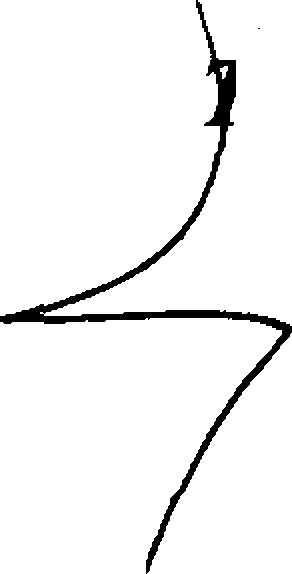Cochin University of Science and Techology (CUST) 2010-2nd Sem B.Tech Electrical and Electronics Engineering BTech I &(Combined) ,; IT/CS/EC/CE/ME/SE/EB/EI/EE/FT 107 BASIC ELECTRICAL ENGINE
B.Tech. Degree I & II Semester (Combined) Examination, June 2010.
IT/CS/EC/CE/ME/SE/EB/EI/EE/FT 107 BASIC ELECTRICAL ENGINEERING AND ELECTRONICS
(2006 Scheme)
Summary: ques. paper comprises of 2006 scheme syllabus, which is still in use. Until today they
haven't changed the scheme.
ques. paper has the subsequent topics:
first module has Basic principles of Electric circuits, Network Theorems and Review
of electrostatics.
second module has Review of electromagnetic induction, Measuring instruments and
AC fundamentals.
third module has Passive components, Semiconductors, Transistors and Special
semiconductor devices.
fourth module has Fundamentals of Instrumentation and Fundamentals of Communication.
BTS (C) I & II ~ 10-024- C
B. \ech Degree I & II Semester (Combined) Examination June 2010
IT/CS/EC/CE/ME/SE/EB/E I/EE/FT 107 BASIC ELECTRICAL ENGINEERING AND ELECTRONICS

(2006 Scheme)
Time : 3 Hours Maximum Marks: 100
(A) ELECTRICAL ENGINEERING
(5 x4 = 20)
State and explain KirchofPs laws for an electric circuit.
(a)
(b)
(c)
(d)
(e)
State and explain superposition theorem.
State and explain Faradays laws of electromagnetic induction.
Define the terms :
(i) cycle (ii) frequency
(iii) amplitude (iv) time period
Explain the advantages of poly phase systems over single phase system.
(a) What are the steps to be followed to arrive at a Thevenins equivalent circuit?
(10)
(5)
(b) Find the current in the following circuit in each branch :
3-n- L*-.AM.........-_AAA.
|0 V
4- 'Jr>
OR
For the circuit shown in figure, calculate the current in the 6Q resistor using Nortons theorem. ~ .
ni.
(15)
-xi.
-M/Y_A AA
I
(a) Explain the RLC series resonant circuit and derive an expression for resonant frequency.
(5)
(Turn Over)
(b) A series circuit consists of a 300Q non-inductive resistor, a 7.95 fJ,F capacitor
and a 2.06// inductor of negligible resistance. If the supply voltage is 250 V at 50 Hz, calculate
(i) impedance (ii) circuit current
(iii) phase angle (iv) voltage drop across each element. (10)
OR
V. ' (a) With the aid of a phasor diagram obtain the relationship between the line and phase
values of voltage in a three phase, star connected system. (10)
(b) Explain the working principle of wattmeter. (5)
(B) ELECTRONICS
(5x4 = 20)
VI. (a) Explain the energy band diagram of a semiconductor.
(b) Explain the working of a zener diode as a voltage regulator.
(c) Draw the V -1 characteristics of an SCR.
(d) Give one typical example of a transducer for each of the following measurements :
(i) pressure (ii) velocity
(iii) vibration (iv) temperature.
(e) What is the need for modulation in communication?
VII. Draw the CE configuration circuit of a transistor. Sketch its input and output characteristics. (15)
OR
VIII. Draw the circuit of a full wave rectifier with capacitive filter. Derive the expression
for ripple factor. (15)
IX. With a neat sketch explain the operation of a Cathode Ray Oscilloscope. How is phase angle measured using CRO? (15)
OR .
X. What is frequency modulation? Explain with relevant waveforms. (15)
|
Attachment: |
| Earning: Approval pending. |
